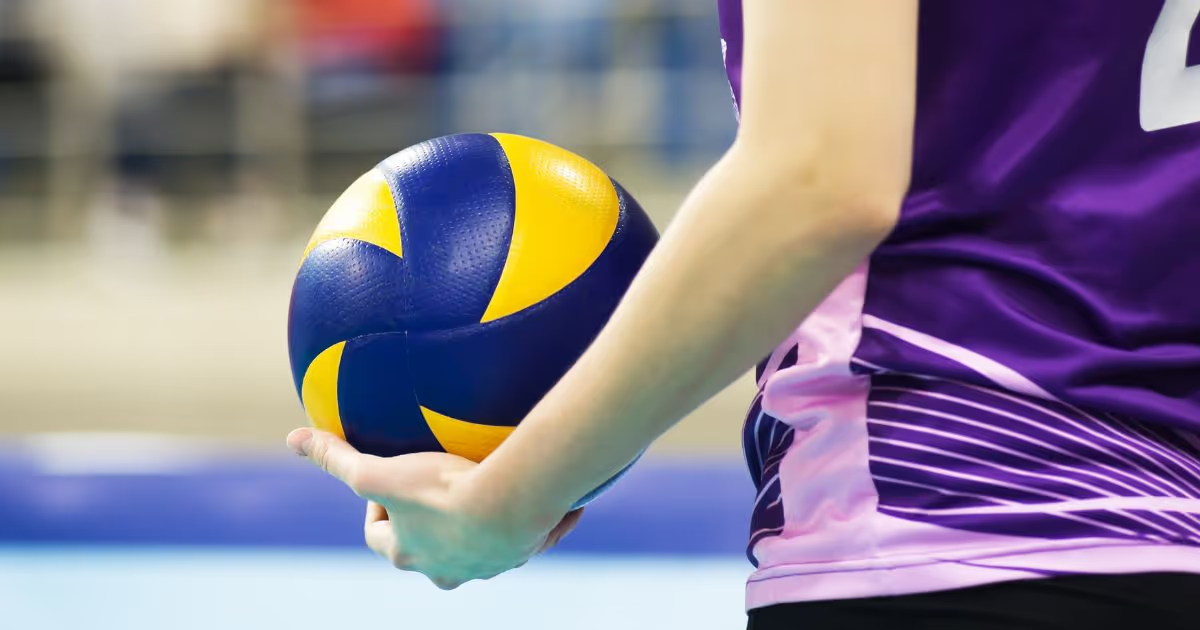Common Volleyball Sport Injuries:
Which one requires prolonged rest and how to prevent it?
Volleyball is becoming another crowd-pleasing and popular sport among the Thai people, who heartily and vociferously root for their favorite teams in every tournament, especially for the Thai team this June, when the “SPONSOR WOMEN’S VOLLEYBALL NATIONS LEAGUE THAILAND 2023,” a world-class competition, takes place in Thailand. The Thai Women's national team is doing well and could advance to the next round of competition. But we should be aware that the more frequent the competition, the higher the risk of injuries.
As Thailand hosts the tournament in the 3rd week of June, from Tuesday, June 27th to Sunday, July 2nd, in addition to watching and cheering the matches, we should like to watch with discerning eyes and gain knowledge in the process. Dr Sunikom Suppauksorn, a MedPark Hospital orthopedist, is here to provide information about the frequently encountered volleyball athletic injuries. Let us check them out.
In Volleyball, which body parts are at risk for injuries?
Despite being a noncontact sport with the competitors separated by the dividing net, the athletes must constantly be on the move, especially jumping and motion of the shoulders in serving, spiking, setting, and blocking the ball.
At the same time, the arm and hand are the primary body parts interacting with the ball. The fingers, wrist, and forelimb are constantly in play as well. Many may misconstrue that volleyball injuries are limited to these primary body parts. In truth, many other overlooked body parts can potentially sustain injuries.
Volleyball Athletic Injuries
Volleyball Injuries frequently involve four sites congruent with competitive movements and motions as follows:
Ankle injuries
The sprained ankle is acute and the most frequent volleyball injury due to jumping. When landing, an unanticipated event, such as stepping on the feet of others, leads to a loss of balance with an ankle sprain. This type of injury occurs on the receiving side more often because the attacking side usually jumps first to spike the ball at the net and will land first, while the receiving side jumping to block the ball, will land later and step on the opponent's foot that may poke into their side of the court.
- Treatment: This injury can put the athletes out of action for a long time. The treatment should begin with rest, applying a cold compress if an acute injury, taking anti-inflammatory medication, and physical therapy.
- Prevention: Use semi-rigid ankle supports with neuromuscular coordination training, and the coach or trainer should observe if there is forward jumping that may land on the opponent's court. The jump should be vertical, landing on the same spots before the jump; this will help prevent stepping on the feet of others.
The Knees
The knees are other joints subject to frequent injuries in two areas:
- Patellar tendonitis is a chronic injury caused by repeated stress on the tendon from overuse injury by frequent jumping, required during volleyball game activities.
- Anterior cruciate ligament injuries. ACL prevents forward movement of the shin bone during sudden bursts of speed or changes in direction, putting stress on the ligament and causing injuries. This injury is rare but severe, requiring prolonged recuperation. In volleyball, it arises from jumping and poor landing imparting twisting stress on the tendon. It is more frequent in female athletes due to the anatomical and strength of the muscle differences.
- Treatment: Rest is mandatory for recovery from the injury; apply a cold compress if acute injury; take anti-inflammatory medications for intense pain; and physical therapy to augment flexibility and strength of the knee muscles; or surgery for severe tendon injury.
- Prevention: Practice the correct posture for jumping and landing, including mobility and strength training of the knee muscles.
Shoulders
Volleyball places great demand on the shoulders and may subject them to chronic injuries or shoulder impingement syndrome caused by friction of the humeral head against its socket during shoulder extension. Repetitive overuse can lead to inflammation and pain.
- Treatment: Rest, an anti-inflammatory drug, and physical therapy.
- Prevention: Emphasize rotator cuff and scapula muscle exercises to coordinate their movements.
Fingers
Finger injuries are usually mild but frequent due to collision with the ball during blocking, setting, or spiking, leading to jamming, contusion, tendon tears, or ball fracture.
- Treatment: Apply a cold compress, take anti-inflammatory drugs, and X-ray if suspect bone fracture.
- Prevention: Buddy splints to an adjacent finger to stabilize the finger if injured or for prevention.
For the SPONSOR WOMEN’S VOLLEYBALL NATIONS LEAGUE THAILAND 2023, MedPark Hospital is providing medical services to all athletes and staff involved, with skilled sports medicine physicians, nurses, and medical equipment on site. Emergency ambulance standby is also provided for 24/7 medical support.
Article by
Dr Sunikom Suppauksorn
A doctor specializing in orthopedic surgery
Doctor profile
